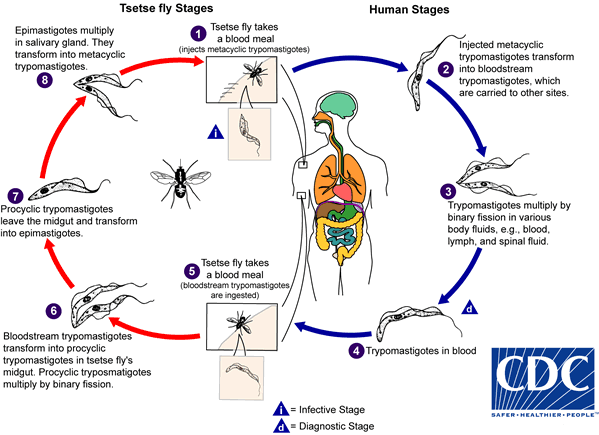Mental Illness in Young Adults
For the convention on 04.16.18 at the Health Science building, my team and I presented on the topic "Mental Illness in Young Adults." We spoke on depression, anxiety, and attention-deficit/hyperactivity disorder (ADHD). Depression is often mistaken for sadness. Depression is a mood disorder that affects a person's physical and mental health. The individual becomes emotionless and that's why they often cut themselves because they need to feel something even if it's pain. Research suggests that depression is due to lack of serotonin. However, it could also be a result of environmental stressors. The symptoms of depression are feelings of hopelessness, anger/irritability, appetite and sleep changes--whether they eat more or not at all. As it worsens, social withdrawal becomes a big issue, and thoughts of suicide and death. Risk factors are stress, use of illicit drugs, and symptoms of medical illness.
This is the leading cause of disability in the US among people ages 15-44. Just over half (50.6%) of children aged 8-15 received mental health services in the past year. Lesbian, gay, bisexual, and transgender (LGBT) youth are twice likely to commit suicide than their heterosexual counterparts. Treatment for depression are selective serotonin reuptake inhibitors (SSRIs), anti-anxiety drugs, and therapy.
Anxiety is continuous worry and fear. It also affects an individual's everyday life. Risk factors are stressors, chemical imbalances, and genetics. Anxiety disorders may include generalized anxiety, separation anxiety, panic disorder, posttraumatic stress disorder, and social anxiety. The symptoms and treatment are somewhat similar to depression. Half of those diagnosed with depression also suffer anxiety.
ADHD is a condition that includes hyperactivity, difficulty paying attention, and impulsiveness. It begins from childhood and progresses into adulthood. It may contribute to l0w self-esteem and difficulty forming relationships at school and work. The common symptoms are anger, anxiety, depression, mood swings, learning disability, in severe cases, autism and Tourette syndrome. The risk factors are maternal drug use, environmental toxins, premature birth, and another relative suffering from mental health.
More than 5 million children are currently diagnosed with ADHD. Two out of 3 people with ADHD suffer from another mental, emotional, and behavioral disorder. Only 77% of children ages 2-17 receive treatment. Treatments include cognitive-enhancing medication, support groups, anger management, and anti-hyperactivity drugs. Also, I highly suggest family therapy.
This is the leading cause of disability in the US among people ages 15-44. Just over half (50.6%) of children aged 8-15 received mental health services in the past year. Lesbian, gay, bisexual, and transgender (LGBT) youth are twice likely to commit suicide than their heterosexual counterparts. Treatment for depression are selective serotonin reuptake inhibitors (SSRIs), anti-anxiety drugs, and therapy.
Anxiety is continuous worry and fear. It also affects an individual's everyday life. Risk factors are stressors, chemical imbalances, and genetics. Anxiety disorders may include generalized anxiety, separation anxiety, panic disorder, posttraumatic stress disorder, and social anxiety. The symptoms and treatment are somewhat similar to depression. Half of those diagnosed with depression also suffer anxiety.
ADHD is a condition that includes hyperactivity, difficulty paying attention, and impulsiveness. It begins from childhood and progresses into adulthood. It may contribute to l0w self-esteem and difficulty forming relationships at school and work. The common symptoms are anger, anxiety, depression, mood swings, learning disability, in severe cases, autism and Tourette syndrome. The risk factors are maternal drug use, environmental toxins, premature birth, and another relative suffering from mental health.
More than 5 million children are currently diagnosed with ADHD. Two out of 3 people with ADHD suffer from another mental, emotional, and behavioral disorder. Only 77% of children ages 2-17 receive treatment. Treatments include cognitive-enhancing medication, support groups, anger management, and anti-hyperactivity drugs. Also, I highly suggest family therapy.




